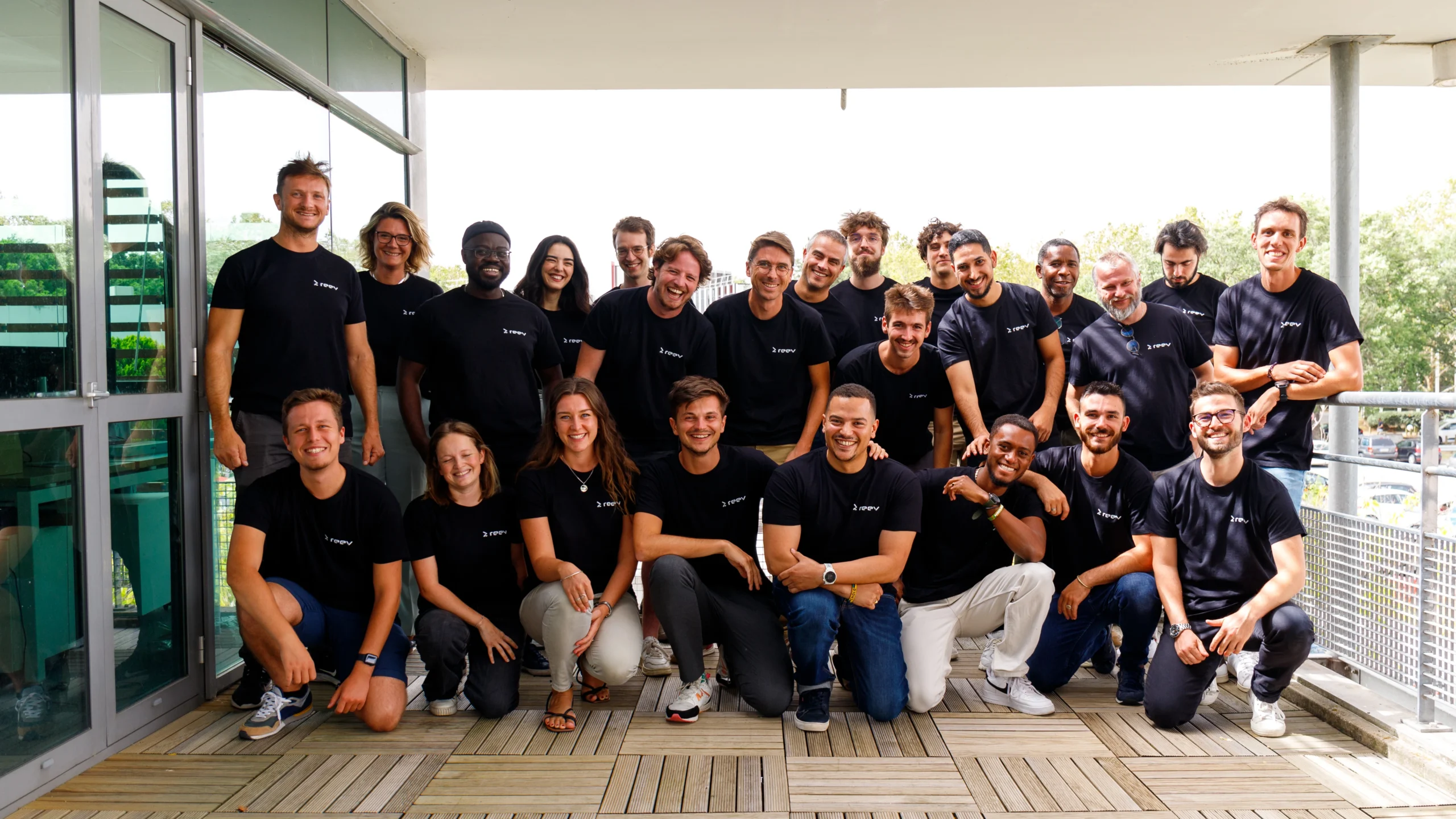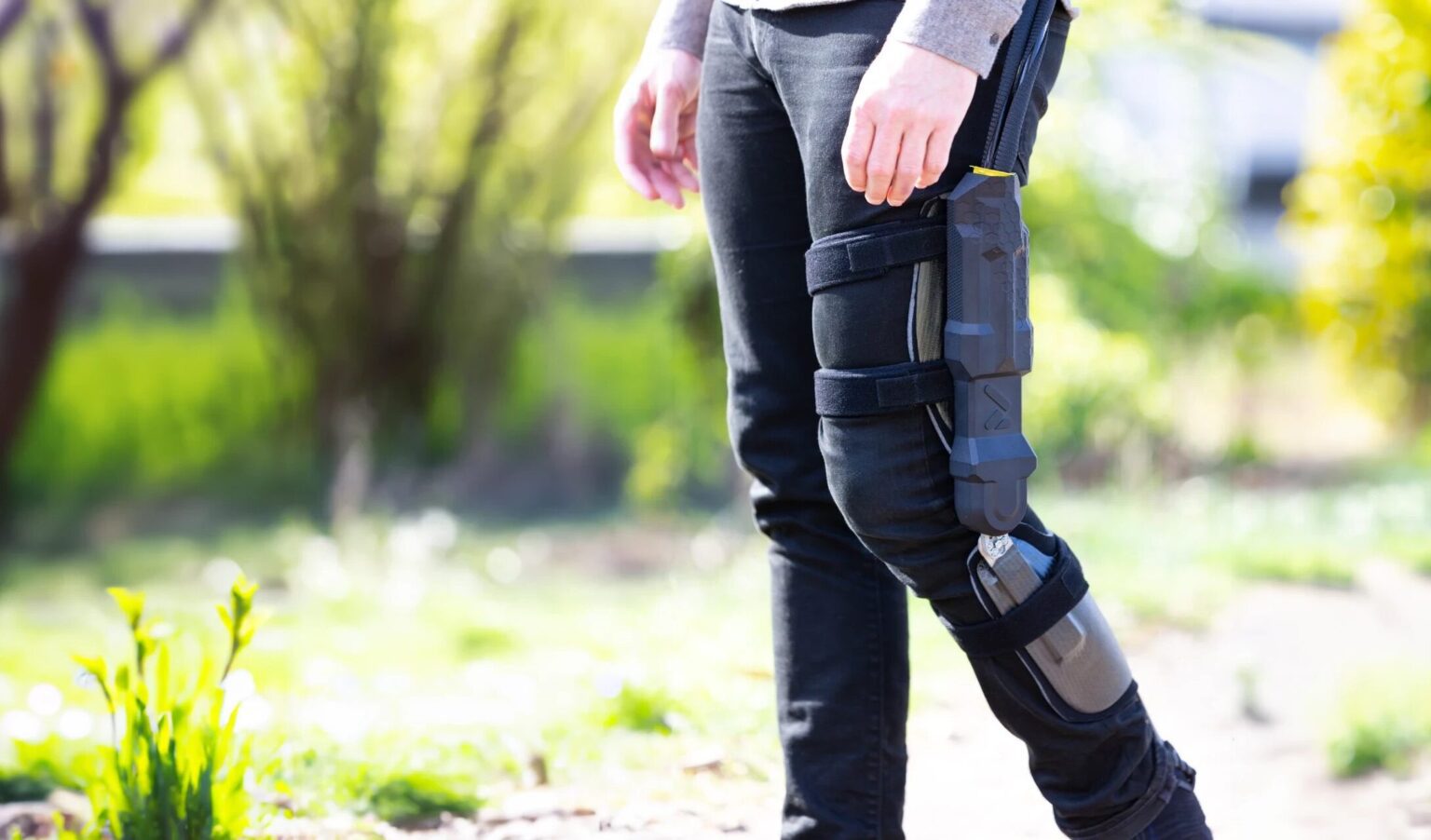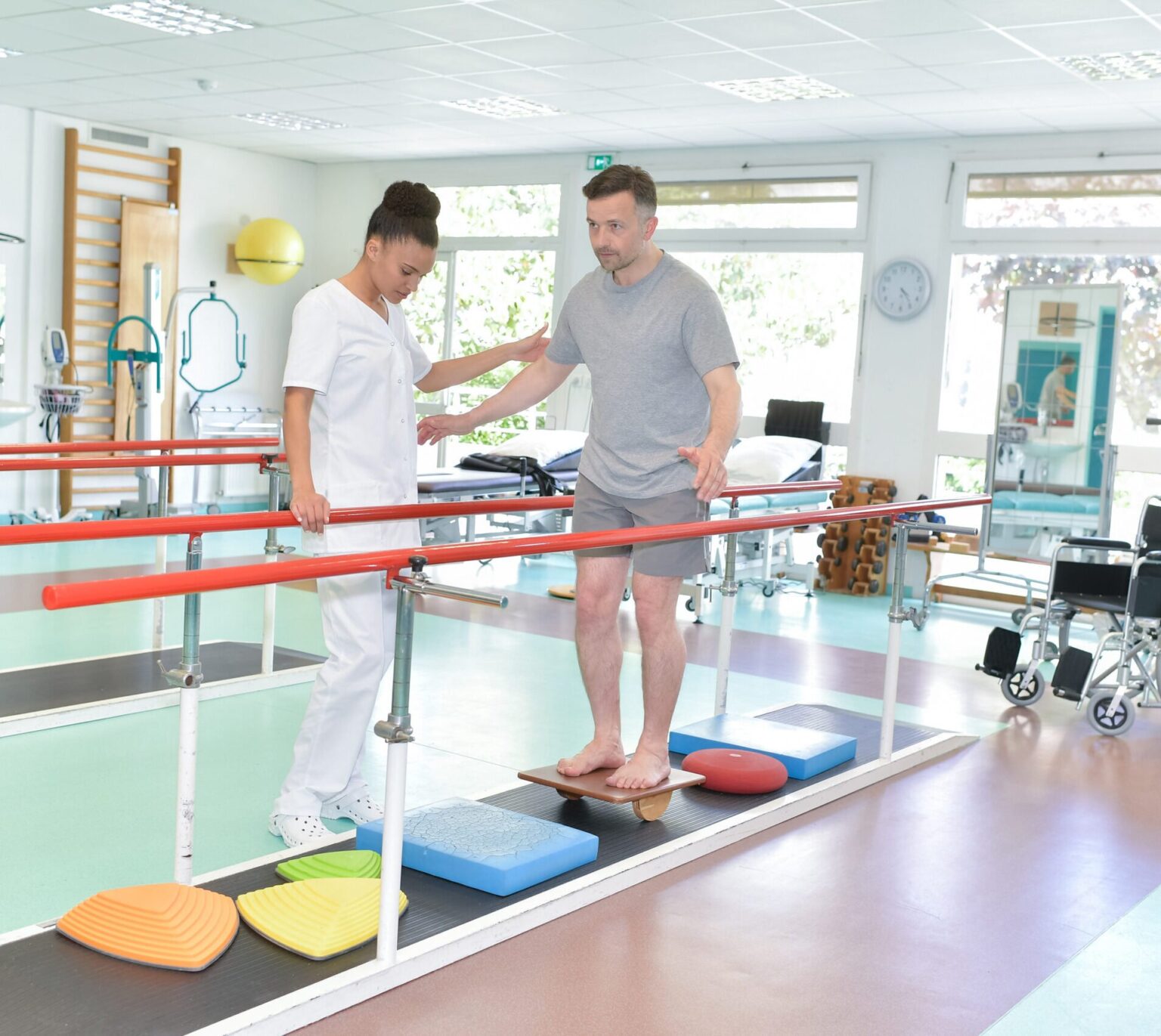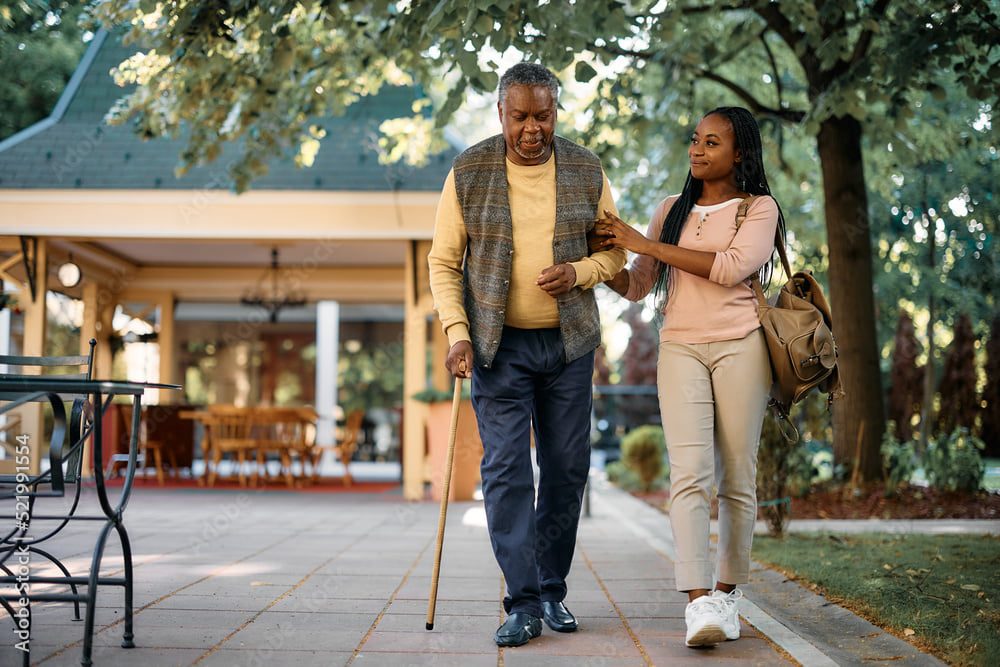Stroke is one of the main causes of morbidity and mortality in the world. According to the World Health Organization, nearly 15 million people suffer from a stroke each year and about 6 million die from it.
Some information about stroke:
- Stroke is more common in older people, but it can affect people of all ages.
- The risk factors for stroke include high blood pressure, smoking, diabetes, obesity, physical inactivity, stress, and an unbalanced diet.
- The symptoms of stroke include sudden loss of speech, paralysis on one side of the body, loss of vision in one eye, loss of balance, and confusion. If you or someone you know is experiencing these symptoms, it is important to seek medical help immediately. The quicker you get treatment, the more likely you are to reduce the effects of the stroke.
- The treatment for stroke mainly focuses on reducing the obstruction of the brain artery and preventing further brain damage. Treatment may include medication, surgery, or rehabilitation therapy. It is important to follow your doctor’s recommended treatment plan to reduce the effects of the stroke and improve your quality of life.
- The prevention of stroke is essential to reducing the risk of having one. Preventative measures include regular monitoring of blood pressure, quitting smoking, controlling diabetes and obesity, regular exercise, healthy and balanced diet, and good stress management.
It is also important to regularly consult your doctor to monitor your health and identify stroke risk factors.
Living better after a stroke
A stroke can result in severe physical and mental consequences, which can affect a person’s ability to move and exercise. However, physical exercise can be beneficial for the recovery and rehabilitation of people who have had a stroke.
Here are our best tips for maintaining physical activity after a stroke:
Consult your doctor:
Before starting an exercise program, it is important to discuss your exercise goals with your doctor or rehabilitation specialist and follow their recommendations before beginning an exercise program.
They can assess your physical condition and limitations, recommend an exercise program that is suited to your situation, or help you determine if you need the assistance of a rehabilitation professional or personal trainer.
Go at your own pace:
Start slowly and gradually increase the intensity and duration of your workouts. After a stroke, it’s important not to overexert your body and to start slowly so you don’t put yourself at risk.
Start with low-intensity exercise, such as walking, swimming or stationary cycling, and gradually increase the intensity and duration of your workouts over time.Strengthening muscles:
Strengthening muscles can help strengthen muscles weakened by stroke and improve balance and coordination. Use light weights and gradually increase the resistance over time.
Don’t hesitate to ask a rehabilitation professional or an adapted physical activity teacher (APAT) to help you set up a strength training program that’s right for your physical condition. 4.Exercise regularly:
For physical activity to have a real impact on your health, you need to be regular, but don’t forget to rest when you need to.
Regular exercise is important to maintain and improve your fitness, but it’s also important to rest and recover between exercise sessions. Listen to your body and take breaks when you need them.
Exercise in a group:
Exercising in a group or with a partner can be a way to motivate and support each other.
It can also be an opportunity to socialize and meet new people who share (or not!) your challenges and motivations.Use walking aids:
If you have muscle weaknesses associated with walking problems, devices such as foot lifts or crural orthotics may be solutions to help you move with greater ease and safety.
Walking aids are orthopedic joint support devices for the ankle, knee or hip that can help improve mobility and muscle function in people who have had a stroke or other neurological disorders.
Don’t hesitate to ask a rehabilitation professional to help you determine which device is right for you and how to get the most out of it.Exercise outdoors:
Exercising outside can be beneficial to your physical and mental health. The fresh air and natural light can help you feel refreshed and fitter.
If you can, opt for outdoor activities such as walking, biking or swimming in an outdoor pool.
Conclusion
It is important to maintain appropriate physical activity after a stroke as it can help improve strength, endurance, balance and coordination, as well as reduce fatigue and depression.
Don’t hesitate to ask your doctor or rehabber for help in finding the right exercise for your physical condition and limitations. By following these tips, you can stay healthy and active after a stroke.





























